Carbon emissions from generating electricity for electric vehicles vary greatly across the individual US states
Green Car Congress
MAY 1, 2023
According to the EIA , “the plants that are the source of biomass for energy capture almost the same amount of CO 2 through photosynthesis while growing as is released when biomass is burned, which can make biomass a carbon-neutral energy source.” Therefore, biomass as energy source was assumed to produce no additional carbon emission.



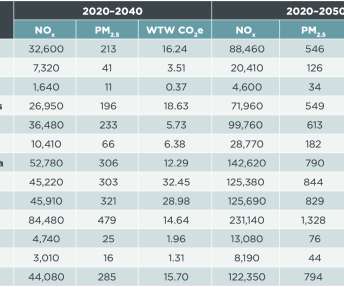

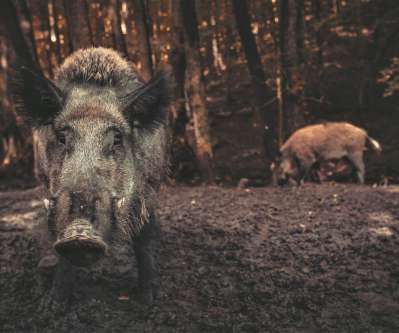
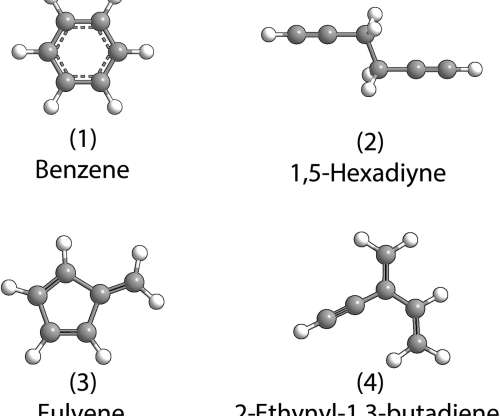
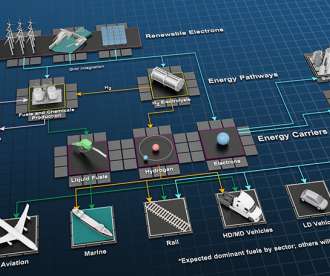





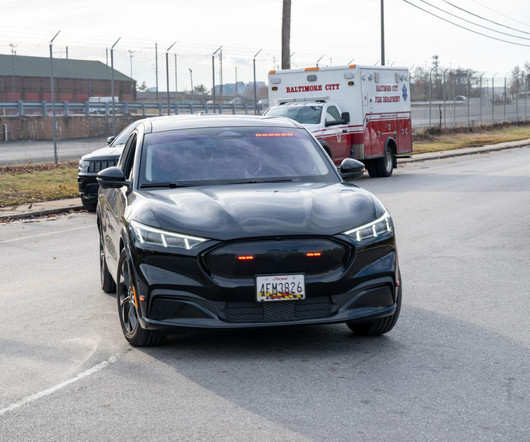
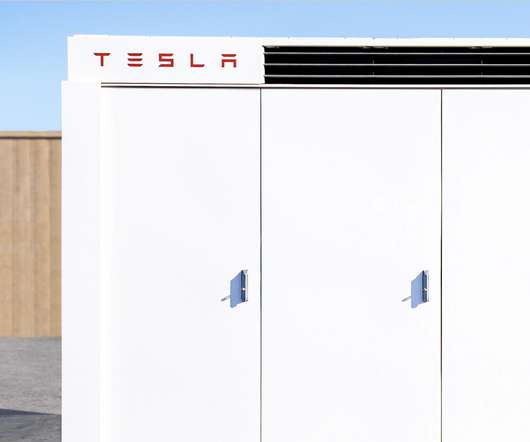

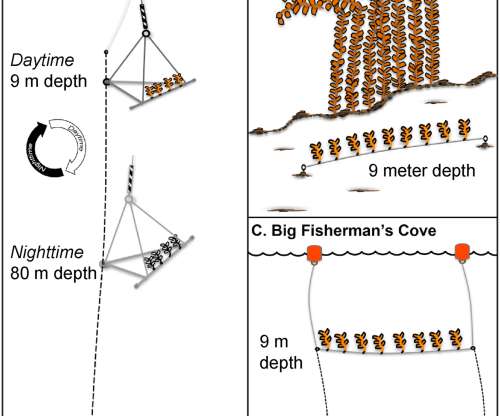








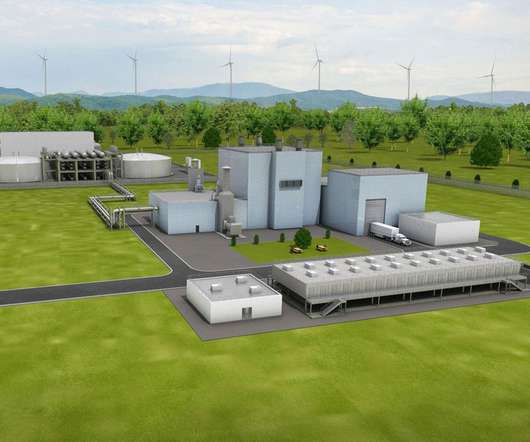

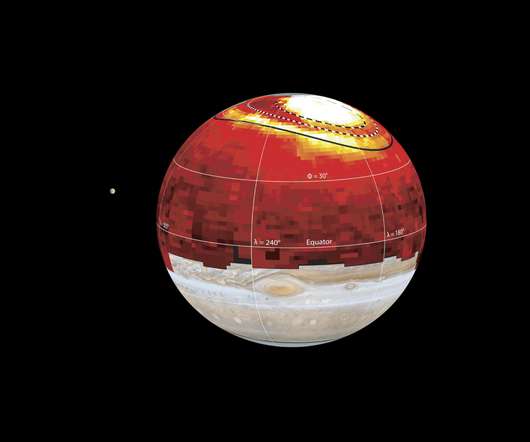










Let's personalize your content